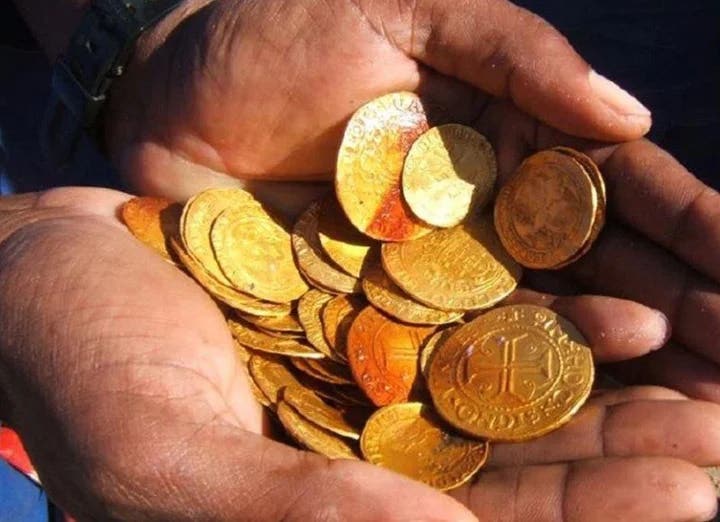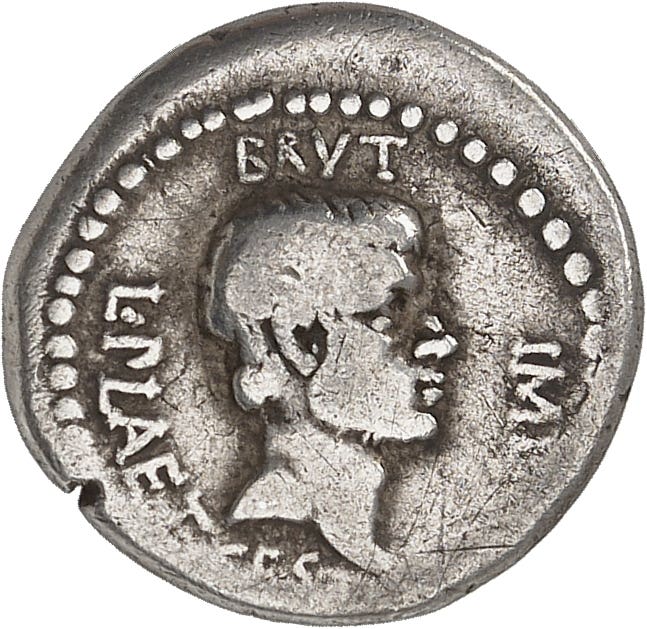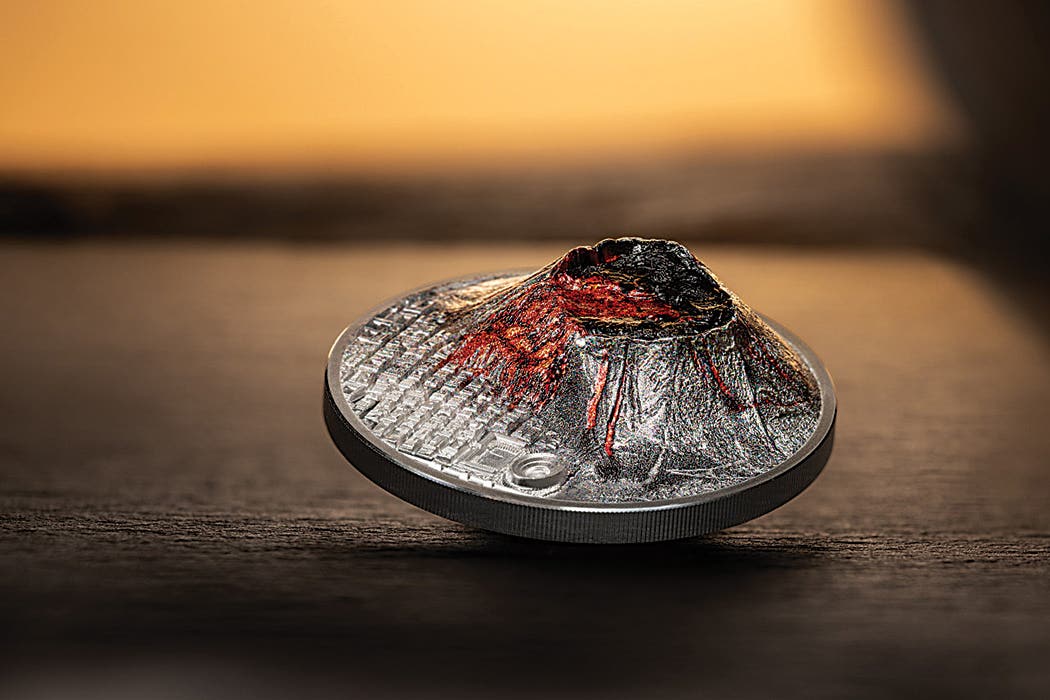Finnish Designer Receives COTY Lifetime Achievement Honors
By Thomas Michael This year’s recipient of the Coin of the Year Lifetime Achievement Award, Finnish sculptor, coin and medal designer Reijo Paavilainen, actually began his artistic career as a…
By Thomas Michael
This year’s recipient of the Coin of the Year Lifetime Achievement Award, Finnish sculptor, coin and medal designer Reijo Paavilainen, actually began his artistic career as a painter. However, Paavilainen quickly moved to a more three-dimensional expression with various aspects of sculpture, one of which is the design of commemorative coins. Mr. Paavilainen is perhaps the only designer to win an overall COTY award for his first coin design, the bold 1985 50 markkaa commemorating the 150th Anniversary of the Kalevala, known as the Finnish national epic. One of the most iconic coin designs in modern history, the Kalevala silver 50 markkaa set the standard for use of medallic traditions and style in the design of modern commemorative coinage. Perhaps it was a matter of numismatic tastes finally accepting a long evolution of medallic design making its way into the realm of coin design, but Paavilainen’s Kalevala coin struck a solid chord with collectors.
Paavilainen went on to design more Finnish coins than any other artist, and his coins continued to stretch our imagination and acceptance. Recognition of the beauty in Paavilianen’s work is evidenced in the many international art competitions and over 100 Finnish art competition awards presented to him over his long and storied career.
In 1992, Paavilainen won a COTY Most Artistic award for his 1990 100 markkaa silver commemorative for the 50th Anniversary of the Disabled War Veterans Association of Finland. In 1996, a third Paavilainen coin won the COTY Most Artistic category: the 1994 100 markkaa silver commemorative celebrating the European Athletic Championships. The following year, Paavilianen’s dynamic design for the 50th Anniversary of the United Nations won both the Most Artistic and Best Silver categories of the COTY and went on to win the overall Coin of the Year award, creating another milestone in COTY award tradition. To quote from author Donald Scarinci’s Coin of the Year book, “Paavilainen’s design depicts a stylized dove with olive branch on the obverse. Both the obverse and reverse of the coin use straight lines with part of the central image breaking through. On the obverse, the dove’s wings are stylized to cut a line between the relief and the field. On the reverse, two straight lines forming a triangle against the edge of the coin separate the relief from the field. The curved branch breaks the line.” In my opinion, these are the fine, purposeful and elemental choices that raise the caliber of Paavilainen’s work in coins and medals to a higher level.
Paavilainen’s coin designs continue to romance collectors and influence the art of coin design. With over 40 commemorative coin designs to his name, Paavilianen has a very large body of work from which to choose highlights. However, there are four 10 euro silver commemorative coins we should mention here that greatly pleased Paavilianen as well as many modern coin collectors, this author included.
Mikael Agricola, Finnish man of letters, is considered by many to be the Father of Literary Finland. In 2007, a silver 10 euro commemorative honoring Agricola was designed by Paavilainen. It features the facial features of Agricola gazing out from a mass of beautifully orchestrated letters. A quill and pen obverse design completes this bold approach in classic fashion.
The following year, Paavilainen created a very stylized design for the commemorative silver 10 euro for Mika Waltari, Finnish author of the best-selling novel The Egyptian. Waltari was quite prolific and wrote, in addition to novels: plays, short stories, poetry, film scripts, essays, and even comic strips. Waltari lived and worked in Helsinki from his birth in 1908 until his death in 1979. The coin features classic Egyptian elements but is executed in a flowing and modern artistic style.
Minna Canth was a Finnish author and social activist in the area of women’s rights. Far ahead of her time, Canth sought freedom of thought and expression for women in a time when society was fairly closed to that idea. Canth’s strength and public advocacy made her a polarizing figure during her 19th-century life, but she became the first woman to receive her own Flag Day in Finland in 2007. Canth’s Flag Day is, fittingly, directly in line with Finland’s Day of Social Equality. Paavilianen’s design for the Minna Canth silver 10 Euro shows her face, as a half mask peering out at the holder of the coin, as she reminds us of the righteousness of equality for all.
In 2011 Paavilainen completed the ultimate work in designing a coin to honor Finish designer, Kaj Franck. One of the most influential figures in the world of design and applied arts, Kaj Franck made items of daily use. He designed them simply, practically and with elegance. Paavilainen’s coin would have to do the same and he achieved this in a classic way, conveying the feel of Franck’s work in both the 2011 silver 10 euro’s design and the coin’s stylized packaging. In many ways, this coin and its carefully crafted packaging initiated a new phase of numismatic acceptance. Just as he did with his 1985 Kalevala 50 markkaa, in ushering in the broad acceptance of medallic tradition in the coin field, with the Kaj Franck commemorative, Paavilainen paved the way for an integrated approach to unifying design and packaging for modern commemoratives.






